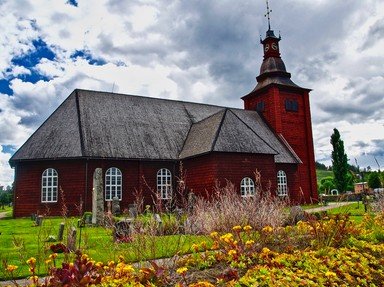
History of Norway Trivia Quiz
This quiz has a selection of historical events from the Viking era to more recent times for you to test yourself on. Can you put them in order from the oldest to the most recent?
This is a renovated/adopted version of an old quiz by author gotogate_thatsus
An ordering quiz
by rossian.
Estimated time: 3 mins.
- Home
- »
- Quizzes
- »
- History Trivia
- »
- European
- »
- Scandinavian